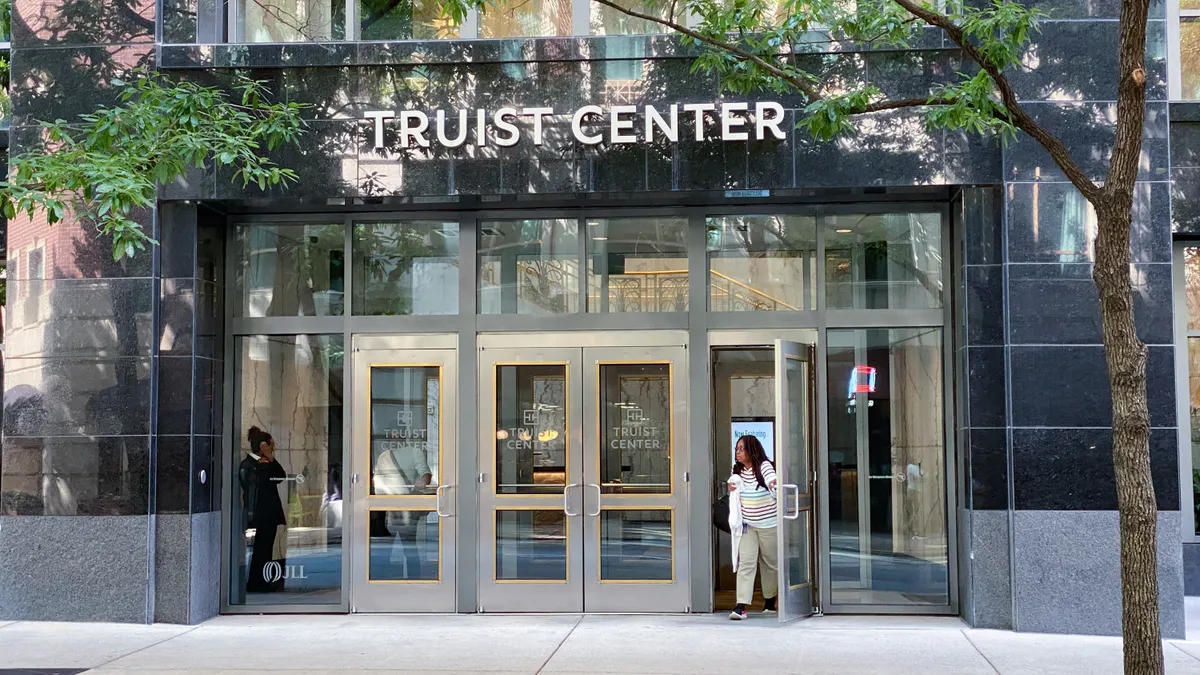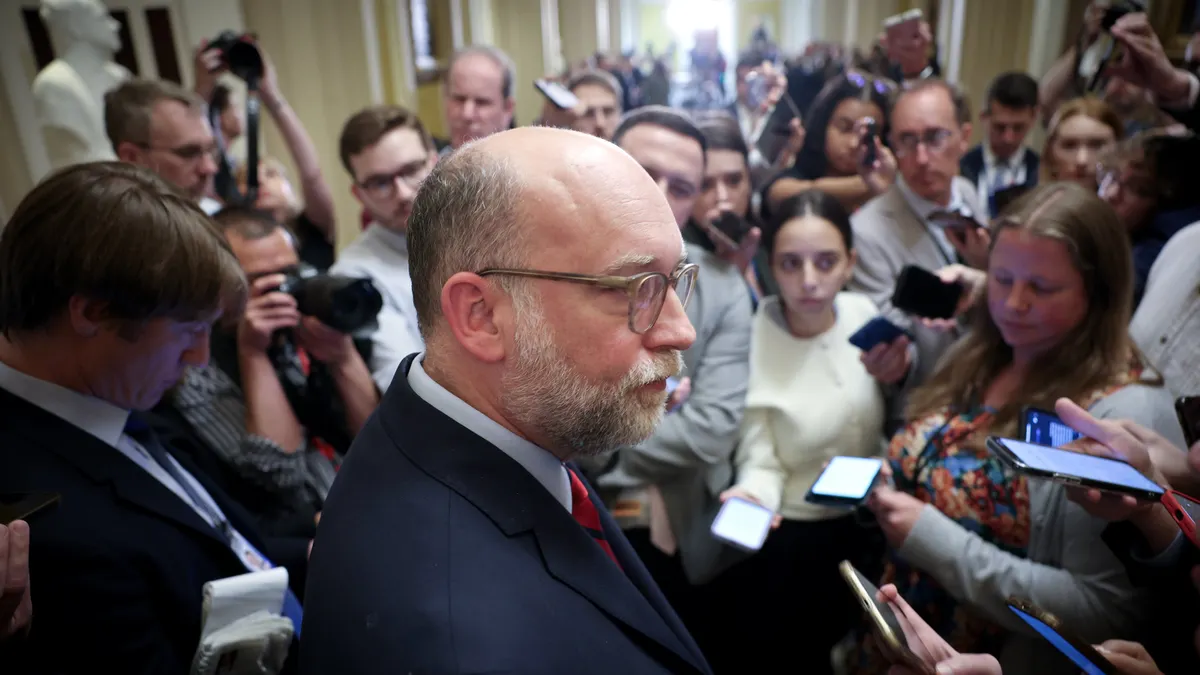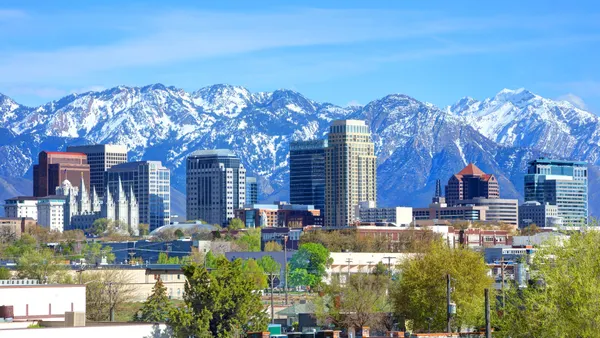Dive Brief:
- The Consumer Financial Protection Bureau (CFPB) is prioritizing its focus on the financial challenges facing rural communities — pockets of the country where consumers are more likely to live in banking deserts, the bureau said Tuesday.
- Rural Americans visit bank branches at nearly double the rate of urban and suburban customers, the CFPB found in its report, titled Challenges in Rural Banking Access. In 2019, nearly nine in 10 rural households visited a branch, and about four in 10 rural households visited 10 or more times each year, "far more than their urban and suburban counterparts," the agency wrote in the report.
- Rural consumers’ reliance on physical bank branches creates a financial disparity among rural communities affected by branch consolidation, creating an environment where rural Americans are also less likely to have a credit history and are more likely to use nonbank credit, the CFPB said.
Dive Insight:
"For decades, many government agencies have turned a blind eye to pressing problems facing families, farmers, and businesses in rural communities," CFPB Director Rohit Chopra said in a statement. "The CFPB will be focusing on ways to ensure that rural communities can better access relationship banking services and achieve their economic potential."
The disparity between rural and urban Americans regarding the frequency in which they visit bank branches may be attributed to lower rates of high-speed internet access in rural communities, the CFPB said.
While the rise of digital banking has helped some consumers cut back on the need for in-person visits to the branch, the CFPB said a lack of broadband access in some rural communities is a major limiting factor.
Rural households have the lowest rates of mobile phone and internet access, according to the Federal Deposit Insurance Corp. (FDIC).
Only 75.6% of rural people had access to a smartphone, compared with 86.2% in urban areas and 88.4% in suburban areas, according to the FDIC’s 2019 "How America Banks" report.
The report found 68% of rural households had access to the internet in their home, a much lower rate than urban (79.5%) or suburban (84.5%) households.
However, the CFPB said more research is necessary to fully understand the reasons why rural communities are more likely to visit bank tellers and branches, despite the fact that banks are often located farther away from rural consumers.
Branch consolidation
Bank consolidation and the declining number of bank branches make it hard for rural customers to maintain in-person banking relationships, the CFPB said.
The number of FDIC-insured institutions declined from a peak of 18,083 in 1986 to 5,033 in 2020, with the number of institutions with less than $1 billion in assets falling from 17,514 to 4,116 during that same period, according to a March 2021 report by the Congressional Research Service.
The CFPB highlighted the growing number of banking deserts in the U.S., areas defined by the Federal Reserve Bank of St. Louis as census tracts in which the central point has no branches within a 10-mile radius.
"The Federal Reserve has identified more than 2,100 existing and potential banking deserts across the country with more than 1,500 located in rural areas," the CFPB wrote.
Rural areas are 10 times more likely to be in a banking desert than urban tracts, the CFPB found.
The CFPB also highlighted the presence community banks and credit unions have in rural areas as larger institutions leave.
"Community banks are three times more likely to locate their offices in a non-metro area, and community banks hold the majority of banking deposits in U.S. rural and micropolitan counties," the report noted.
The CFPB report cited an FDIC study that found, in 2012, almost one out of every five U.S. counties had no other physical banking offices except those operated by community banks.
Rural initiative
The CFPB said it is launching an initiative aimed at focusing on the particular needs of rural communities.
"The CFPB has begun making a concerted effort to work with government and civil society stakeholders to establish lines of communication and gain more visibility into the most pressing consumer finance issues in rural areas," the agency said.
The bureau said it is also looking into making its complaint portal more accessible to rural communities, adding it believes the lower complaint volume it receives from rural tracts compared with other areas is likely due to underreporting, "given the lower incomes, higher rates of poverty, and the higher rates of use of non-bank credit in rural areas."
People living in rural or underserved counties represent 8% of the population but have submitted just 3% of complaints through the portal, the agency said.
The CFPB said it is prioritizing outreach to rural areas, and will host online and in-person roundtables with rural stakeholders in communities across the country, including in the Deep South, Appalachia, Indian Country and the Rio Grande Valley.
The CFPB will also work with federal partners including the departments of Agriculture, Housing and Urban Development and Treasury to ensure rural communities have adequate resources, the bureau said.











